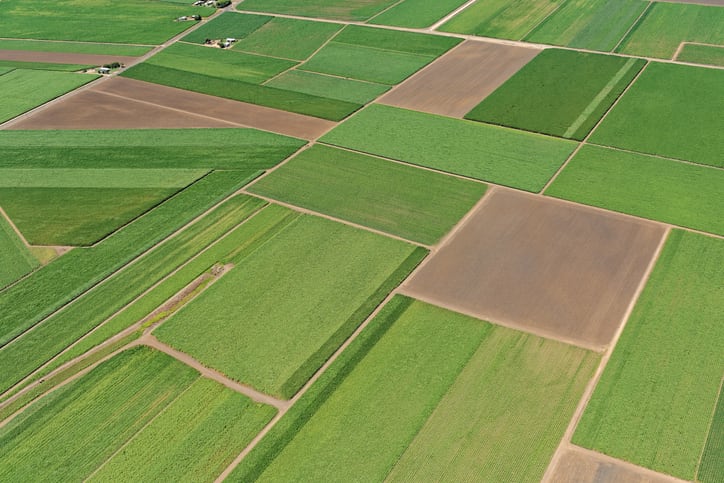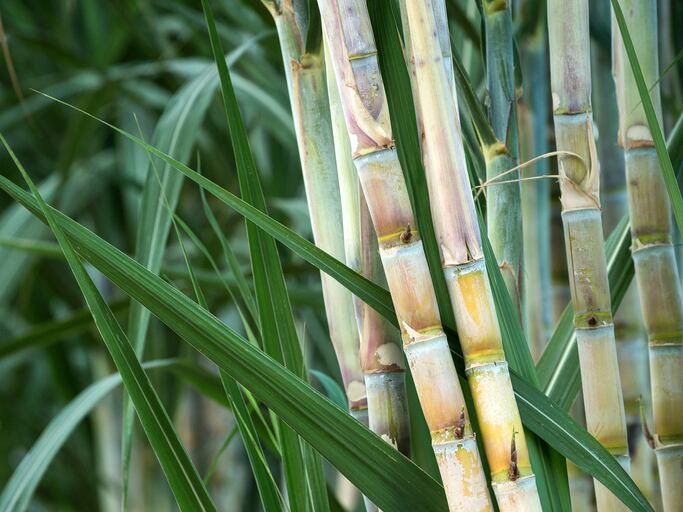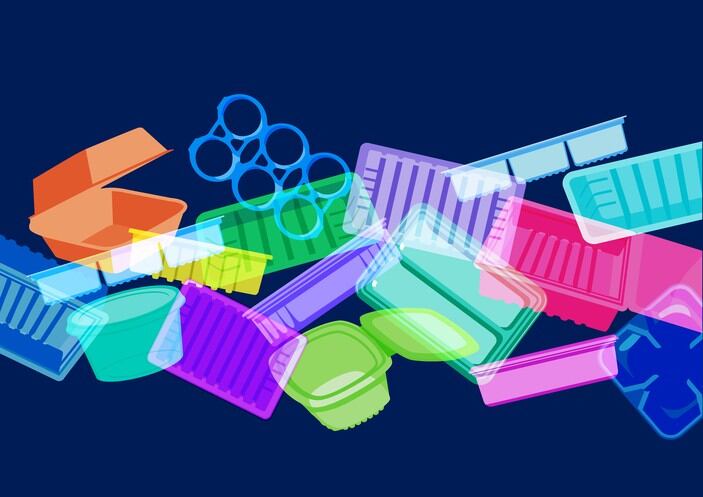The programme is being run by Darryn Rackemann, a senior research fellow at Queensland University of Technology’s Centre for Tropical Crops and Biocommodities, and will be carried out at Gladstone, north of Brisbane.
It is being undertaken in partnership with Mercurius Australia using a process patented by the start-up’s US-based parent Mercurius Biorefining. This has the potential to convert the fibre left over after sugarcane is pressed, known as bagasse, and other types of biomass into cost-effective biofuels and bio-chemicals. These include PEF, a material which many experts have touted as being a successor to PET.
'The science has been proven: now we're trying to prove the economics'
The long-term aim of the project, which was funded by Queensland Government’s A$150m Jobs and Regional Growth Fund, is to produce quantities of biofuel and bioplastics sustainably at scale.
“The science has been proven. The engineering now is trying to prove the economics. And once the economics are proven, we can roll out the technology further,” Dr Rackemann told BeverageDaily.
“The main part of the pilot is to understand everything, looking at the yields of the chemical products as well as the recovery of the catalyst and solvents in the system. Everything we have done before it is on a laboratory scale. The economics require us to know how much we would lose in the process when we move up to a large scale.”
Up to now, the process has only produced grams of chemical and fuel samples. The pilot will ramp this up to processing a few hundred kilos of biomass per day. It involves converting a chemical, chloromethyl fulfural (CMF), into polyethylene furanoate, or PFT, a more sustainable plastic than PET.
The plastics stage of the pilot will follow an assessment of the process’s efficiency in making biofuels from sugarcane bagasse. This is done by converting the CMF to make a longer carbon chain.
“At first, we are only looking to produce the CMF, not necessarily the plastic. We’re doing the pilot to show we can get large quantities of this chemical. There’s a number of companies that are really interested in sourcing that,” said Rackemann.
“The main part of the pilot is to understand everything, looking at the yields of the chemical products as well as the recovery of the catalyst and solvents in the system. Everything before has been on a laboratory scale, so the economics require you to know how much of the chemicals we would lose in the process when we get to a large scale.”
PEF: lightweight, strong, and with good barrier properties
Queensland has a substantial sugarcane industry, harvesting about 35m tonnes each year and producing several millions of tonnes of potential bagasse.

John Clark, director of Ant Packaging in northern New South Wales, a plastic bottle supplier, said the market was satisfied with PET but was always looking out for novel materials that are even more practical and sustainable than the global standard.
“PET is environmentally at its peak at the moment,” he told BeverageDaily. “I’ve heard about PEF as a drop-in replacement and we’d welcome that.
"For now, though, the best solution, environmentally at least, is to use recycled PET because it closes the loop effectively: it solves the resource problem at the start and the waste problem at the end.”
Though the plastic bottle industry enjoys a good reputation in Australia, the environment is its “Achilles heel”, he added. This is a knock-on from occasional cases of nefarious recycling practices and prompt many bottle-makers to go as far as they can to bolster their green credentials.
PEF is lighter and stronger than PET. “It also has better barrier properties for oxygen and other gases. That’s why many people think it would be a good replacement PET bottles and packaging,” said Dr Rackemann.
He says it is not fully known yet whether PEF breaks down as well as PET, and more research needs to be done in this area before it’s possible to say it’s both sustainable from this bioderived source and also biodegradable.
“It’s not something we’ve developed ourselves—there’s been many groups developing it over the years. They’ve looked at similar chemicals that could in the end be used as bioplastics, and we’ll be further developing it and seeing if we can make it economically viable when we get to a larger scale.”
While the initial focus of the pilot plant is investigating the conversion of biomass into fuel, biofuels are expected to take second stage to the bioplastics in terms of money-spinning production. It’s likely that, even though biofuels are always going to be important as a goal, it may be that there’s more money in plastics.
Once the economics have been assessed following the pilot, the researchers and their commercial partners will set out to woo investors to take production to demonstration scale.
“At this point we may be processing around 10-20 tonnes per day of biomass, so we can further show that the technology is scalable and can improve on current economics,” said Dr Rackemann.
“It’s not really mind-blowing when you go into a lab and see something happening in a test tube. But when you can see the pilot scale and the end-product coming out the other end, that’s when people get a lot more excited, and hopefully investors will also get excited too.”


